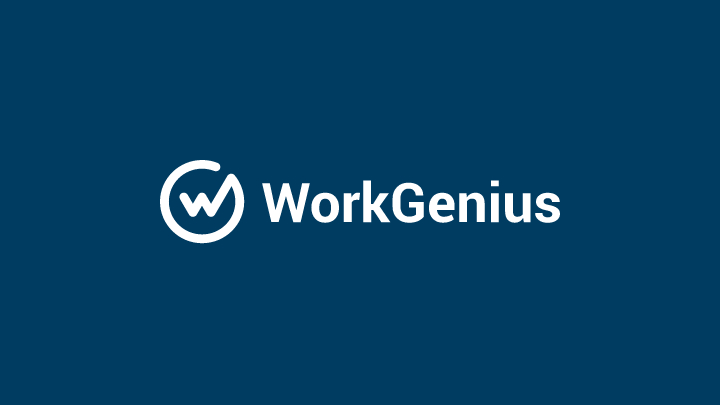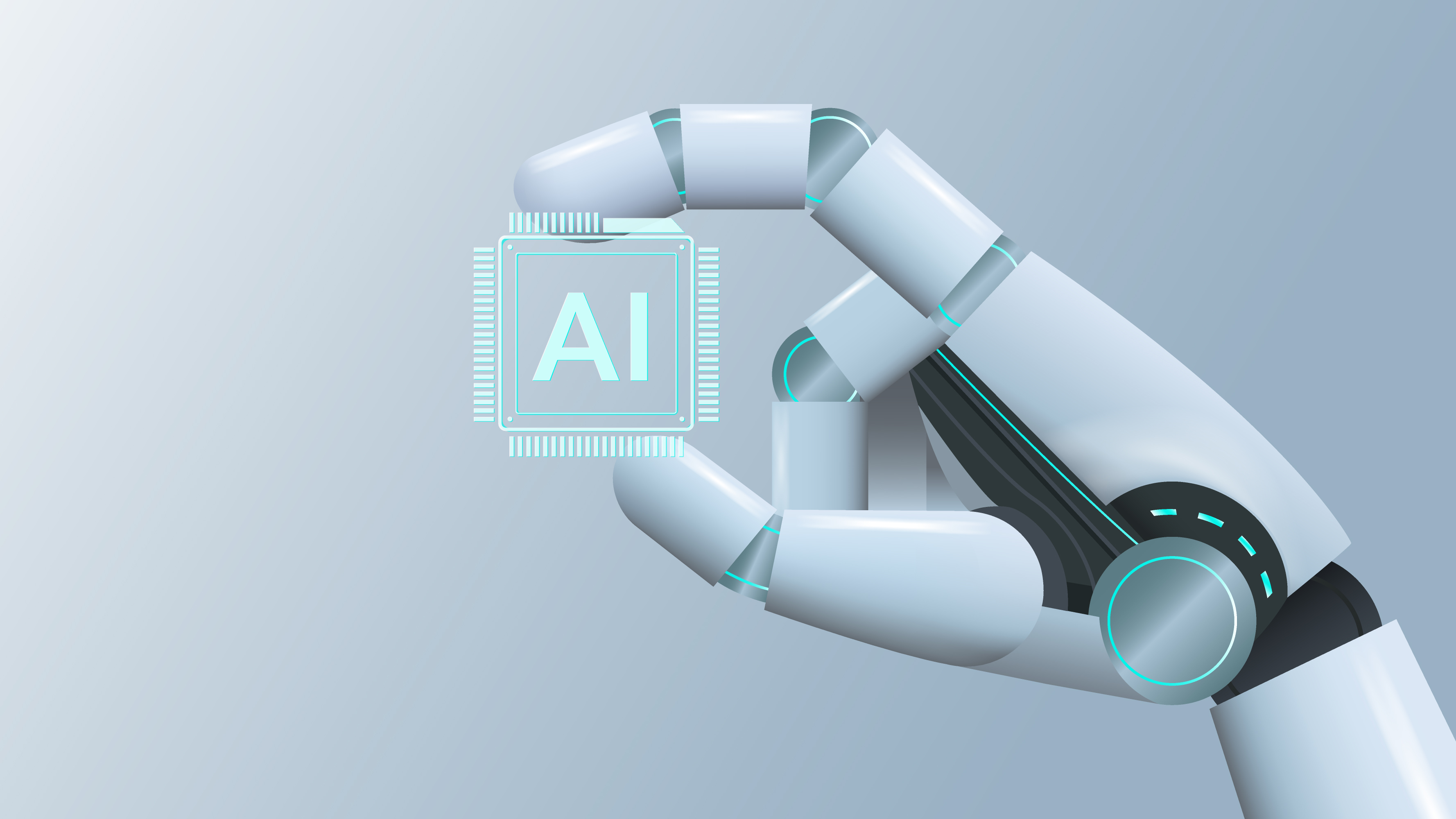The Talent Game has changed
Artificial intelligence now touches nearly every stage of hiring. A 2024 Deloitte survey found 45 % of global organizations already use AI in recruitment, and IDC projects annual growth above 6 % through 2030. Yet most CHROs agree on one thing: AI works best when paired with strong human teams. The most successful companies use algorithms for speed and scale while reserving judgment, persuasion, and culture‑fit assessment for people.
Personalization at Scale
Candidate expectations keep rising. They want outreach that feels … well, human. Large‑language models can now parse resumes, online footprints, and past interactions to craft context‑aware emails, chat replies, even video scripts – all in seconds. According to LinkedIn’s 2025 Talent Trends report, 71 % of job seekers say personalized communication influences their decision to engage.
But personalization without authenticity can backfire. A Gartner pulse survey found more than half of candidates become skeptical when they suspect a bot is “posing” as a recruiter. Best‑in‑class teams solve this by:
- using AI for initial touchpoints, status updates, scheduling;
- adding human videos or live calls at pivotal moments – feedback, offer discussions, culture deep‑dives.
In one large‑enterprise case study, personalized recruiter‑recorded videos tripled response rates and lifted offer acceptances by 15 %. Lesson: let the machine handle volume; let humans deliver emotion.
Trust: The Currency of AI Adoption
Trust is fragile. Nearly half of U.S. job seekers told Pew Research they worry AI screening tools amplify bias, not curb it. Meanwhile, 73 % of HR professionals polled by Mercer say they trust AI‑generated shortlists – if systems are transparent and regularly audited.
Key trust builders:
- Transparency – tell candidates when AI is used, why, and how appeals work.
- Bias audits – run quarterly disparate‑impact tests and publish summaries to hiring managers.
- Human override– allow recruiters to promote or veto any AI recommendation; log those decisions to refine the model.
Organizations that adopt these guard‑rails report a 25-30 % rise in candidate sentiment scores and faster recruiter buy‑in.
Join the The Genius Perspective and stay ahead of the curve.
Get Daniel Barke’s latest thinking on the future of work—delivered straight to your inbox.Each edition features sharp insights, emerging trends, and real-world strategies on how AI and human teams can work better together. No fluff. Just actionable ideas to help you lead smarter.
Sign up now – it’s free, relevant, and once a month!
The Recruiter’s New Role: From Screener to Talent Advisor
Research from Boston Consulting Group shows AI can automate up to 40 % of a recruiter’s administrative workload – resume triage, interview scheduling, basic Q&A. Freed from high‑volume chores, recruiters shift to:
- Relationship building – nurturing passive talent pools, conducting deep‑dive calls.
- Storytelling – conveying employer brand and EVP in personalized narratives.
- Strategic advising – guiding hiring managers on market salary, diversity pipelines, skills adjacencies.
LinkedIn data confirms the pivot: 58 % of hiring leaders say AI enhances-rather than threatens-recruiter value, precisely because it lets humans focus on empathy‑rich tasks machines can’t master.
Feedback Loops: Continuous Improvement with Humans in the Loop
Algorithms drift. Skills demand shifts. Without feedback, even the best model degrades. High‑performing TA teams establish closed‑loop systems:
- Recruiters tag false positives/negatives in real time
- Hiring‑manager surveys feed post‑hire quality data back into the model
- Candidate NPS insights flag moments where automation feels cold
Forrester finds organizations that bake these loops into workflow see accuracy gains of 20 % within six months and markedly lower drop‑off rates.
Compounding Advantage of the Hybrid Model
Hybrid teams enjoy benefits that compound over time:
| Metric | Typical Improvement |
|---|---|
| Time-to-hire | ↓ 45 % |
| Cost-per-hire | ↓ 30 % |
| Quality-of-hire (first-year retention) | ↑ 25 % |
| Diversity mix in finalist slate | ↑ 30 % |
* Averages reported across multiple industry research studies, 2024‑25.
Every completed search feeds more data into the model; every recruiter decision informs the next recommendation. The feedback flywheel accelerates, widening the gap between hybrid adopters and laggards.
Action Steps for HR Leaders
- Map the workflow: Identify high‑volume, rules‑based steps (ideal for AI) and high‑trust, high‑empathy steps (retain for humans).
- Upskill the team: Provide training in prompt engineering, data literacy, and bias‑aware AI usage.
- Demand transparency from vendors: Require explainability dashboards, audit reports, and override capabilities.
- Create KPIs that measure both sides: Track model precision and recruiter relationship metrics (candidate NPS, hiring‑manager satisfaction).
- Start small, iterate fast: Pilot one role family, refine the loop, then scale across geos and job types.
The Road Ahead
Automation will keep accelerating. A single AI‑empowered sourcer may soon handle what used to be an entire team’s requisition load. Yet the human element grows more critical, not less. Context, culture, ethical judgment-these remain uniquely human strengths.
The future of recruiting isn’t about man versus machine. It’s about high‑trust teams working alongside ever‑smarter agents, each magnifying the other’s strengths. Organizations that embrace this hybrid mindset today will not just fill roles faster; they’ll craft candidate experiences so personalized and fair that talent actively seeks them out.
That’s a competitive edge no algorithm can claim alone.


